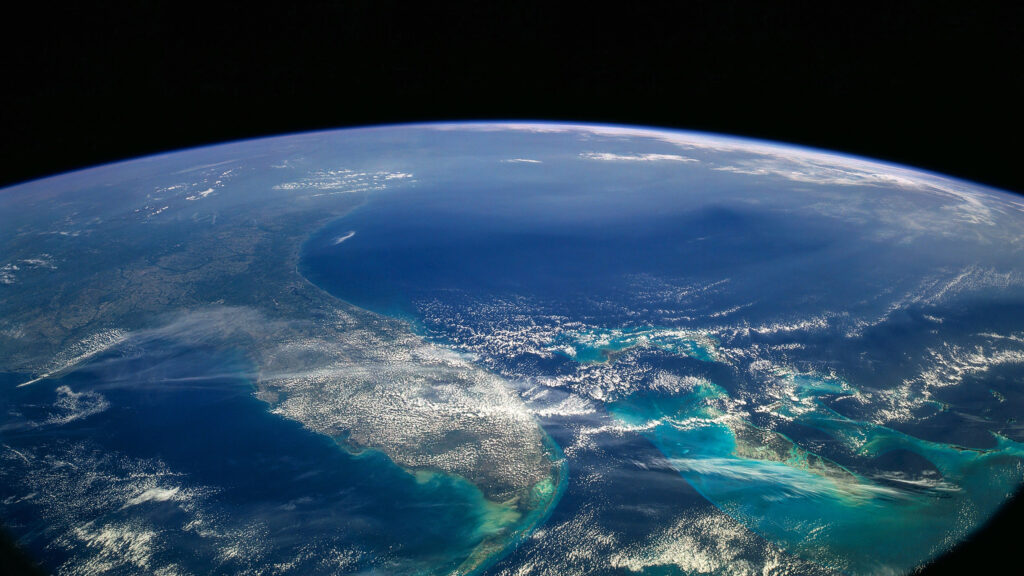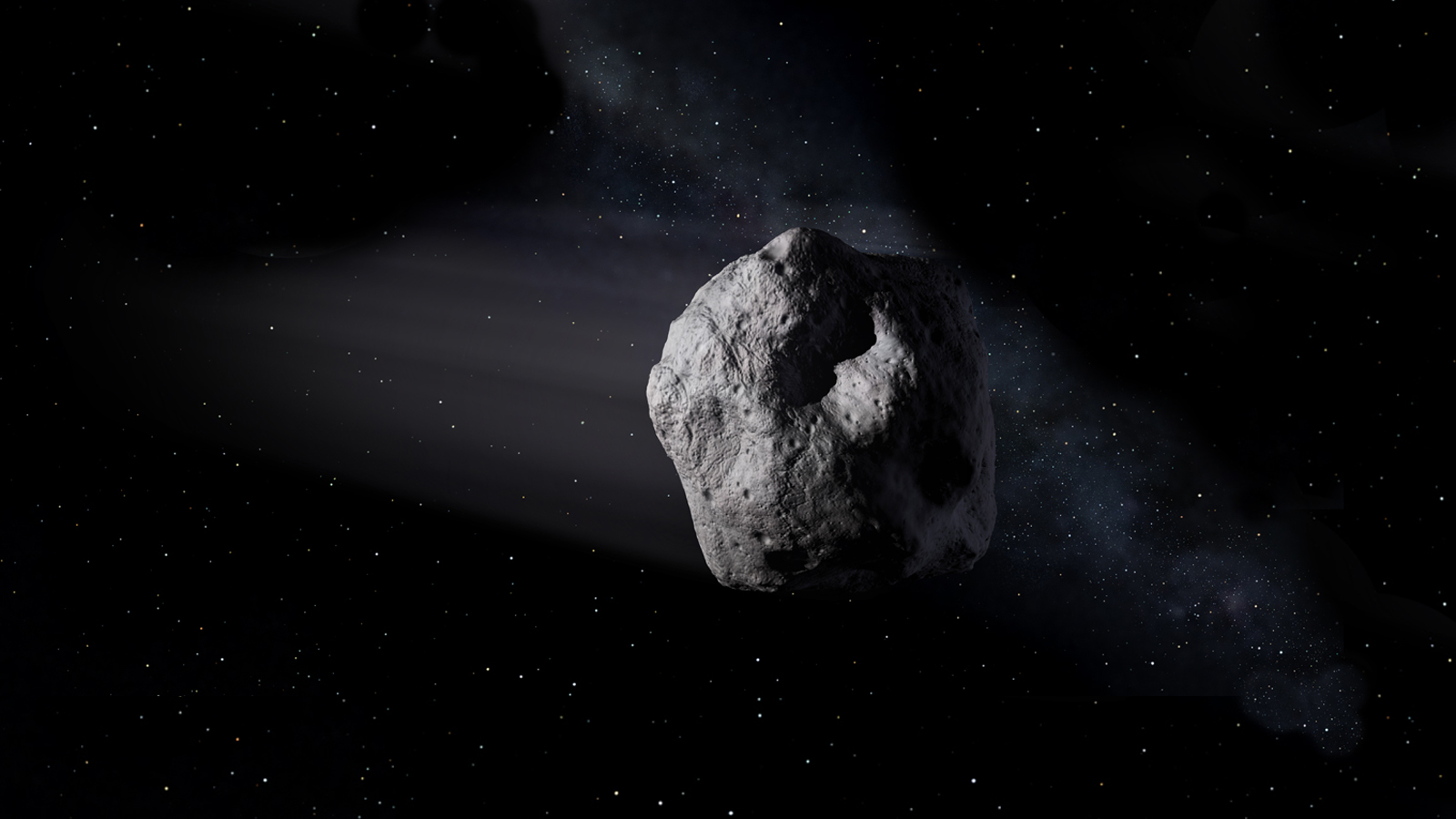A 37-meter long asteroid will make a ‘near-Earth approach’ today (8 September), NASA has confirmed.
The NEO (near-Earth object), known as 2020 PT4, will move past the Earth and the Moon at a distance of just over one million miles away – which in the context of space definitely counts as ‘near’.

The space rock, which is about the length of two lorries, will also be hurtling along at a speed of around 28,090 miles per hour.
At this point, you may be feeling slightly concerned about the possibility NASA has got its calculations about one million miles off, leaving Earth on a collision course with a double space lorry travelling at 28,090 miles per hour.
However, NASA has assured us that if 2020 PT4 did ever collide with the Earth, its relatively small size (in space terms) means it would probably disintegrate in the atmosphere, causing minimal damage to our planet.
Last month, a car-sized asteroid flew record-breakingly close to us, with NASA admitting it had no idea it was coming.
The asteroid, called 2020 QG, flew within about 2,950km (1,830 miles) of Earth – extremely close in asteroid terms.
In fact, according to asteroid trackers and a catalog compiled by Sormano Astronomical Observatory in Italy, it’s the closest ever recorded.
The Palomar Observatory in California didn’t detect the sizeable space rock until about six hours after it flew past Earth.
Paul Chodas, the director of NASA’s Center for Near-Earth Object Studies, told Business Insider: “The asteroid approached undetected from the direction of the sun.
“We didn’t see it coming.”
Confirming the asteroid flew so close to Earth that it broke records, he added: “Yesterday’s close approach is closest on record, if you discount a few known asteroids that have actually impacted our planet.”
But while inbound asteroids might make us feel a little twitchy, NASA says the likes of 2020 PT4 and 2020 QG provide invaluable insights into our solar system.
It said: “NEOs (Near-Earth Objects) are comets and asteroids that have been nudged by the gravitational attraction of nearby planets into orbits that allow them to enter the Earth’s neighbourhood.
“The scientific interest in comets and asteroids is due largely to their status as the relatively unchanged remnant debris from the solar system formation process some 4.6 billion years ago.”

COMMENTS